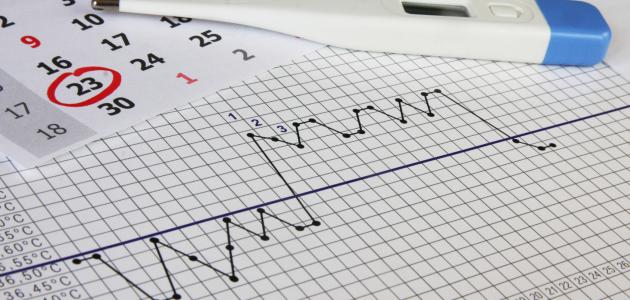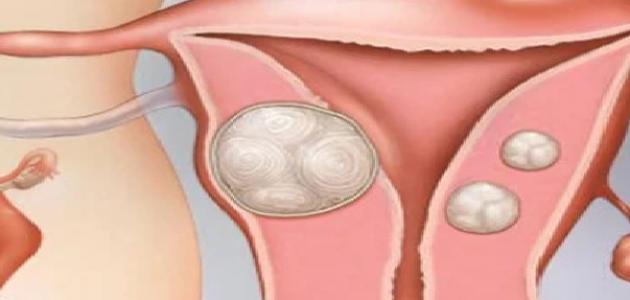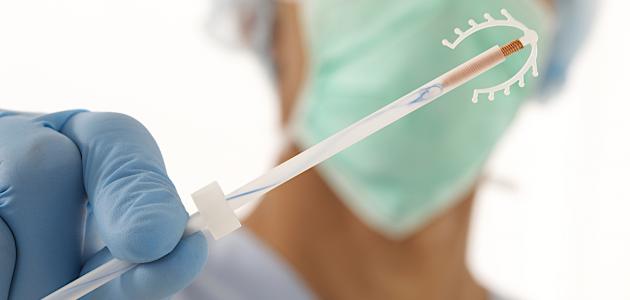Overview
Before starting to talk about hormonal disorders in women, we must address the definition of hormones and their function in the body. Hormones represent chemical substances that are produced by the endocrine system to circulate in the bloodstream, playing their role in regulating many vital processes in the body, such as metabolism, appetite, sleep, and sexual and reproductive functions. Regulating body temperature and mood. In general, hormone levels change naturally during the different stages of life, and the most notable changes occur at puberty. As for women, their bodies witness hormonal changes during the menstrual cycle, pregnancy, and menopause. Hormonal levels can also be affected by the pattern of Life and the presence of some medical conditions. As a result of these multiple and precise vital functions regulated by hormones, the slightest hormonal imbalance within the body affects general health.
Hormonal imbalances in both sexes appear as follows:
- Imbalances of estrogen, progesterone, and thyroid hormones, which are common among women.
- Testosterone imbalances, which are common in men.
- Neurohormonal imbalances such as insulin, which is responsible for maintaining blood sugar balance, cortisol, which plays an important role in managing anxiety and stress, and dehydroepiandrosterone. (DHEA), which fights stress and depression, and reduces brain inflammation, and these imbalances occur in both men and women.
Read also:What are the symptoms of ovulation?
Causes of hormonal imbalance in women
As we mentioned previously, women are more susceptible to various types of hormonal disorders, due to the different cycles that occur in a woman’s body in addition to the differences in her endocrine glands. Examples of health conditions that may cause a disturbance in the level of hormones in women include the following:
- Polycystic Ovarian Syndrome.
- Use of contraceptive and reproductive-regulating medications, and hormone replacement therapy (in English: Hormonal Replacement Therapy).
- Early menopause.
- Primary ovarian insufficiency (POI).
- Ovarian cancer (in English: Ovarian Syndrome).
- Some types of breast cancer treatments that reduce estrogen levels.
- Cushing's Syndrome, which causes a significant increase in cortisone levels, and Addison's Disease, which causes a significant decrease in cortisone levels.
- Diabetes, types 1 and 2.
- Low blood sugar (in English: Hypoglycemia).
- Thyroid disorders, which include hypothyroidism and hyperthyroidism.
- Being injured, traumatized, or suffering from food-related health conditions.
- Stress and tension.
Read also:When are the days of ovulation
Symptoms of hormonal imbalance in women
The symptoms that may appear on women vary depending on the type of hormone whose level is disturbed, as a result of the unique and distinct role that each hormone plays. Below is a statement of the most prominent symptoms that may indicate an imbalance in the level of hormones in the body:
- Sudden, inexplicable change in weight, increase or decrease.
- Not being able to sleep easily.
- Feeling extremely hot or cold, or extremely sensitive to both.
- Excessive sweating.
- Heart rate change.
- Skin-related changes include the sudden appearance of acne, dry skin, brittle hair and nails, and excessive hair growth.
- Blurred and unclear vision.
- Changes in the breast, such as feeling pain when touched.
- Fertility problems and decreased sexual desire.
- headache;
- Bone weakness.
- Heavy menstruation or severe pain resulting from it, irregular menstruation, and vaginal dryness.
- Memory confusion.
- Constant fatigue and exhaustion.
- Various mood changes, including anxiety and depression.
Diagnosis of hormonal disorders in women
The diagnosis of hormonal disorder in women depends on joint cooperation between the doctor and the patient, so that the woman must give the doctor the details related to the changes and health problems that she complains of. The urgent need for this cooperation comes from the idea that the diagnosis of hormonal disorder cannot be determined by conducting one specific and unique examination. Where the doctor may request to perform one of the types of blood tests, take a biopsy, or ultrasound imaging, and the choice between the types of tests depends on the symptoms that the woman describes, and perhaps the most prominent symptoms and changes that the woman and the doctor must discuss Together to determine the procedure are the following:
Read also:Causes of delayed menstruation- Changes in weight gain or decrease.
- Fatigue.
- Skin-related problems.
- Mood swings, high levels of stress and depression.
- concupiscence.
After completing the initial evaluation of the medical condition, one of the types of tests appropriate to the condition will be chosen. Among the most prominent tests used in diagnosing hormonal disorders in women are the following:
- Saliva test: (in English: Saliva Test) What distinguishes this type of test is its accuracy in being able to determine the true level of hormones present in the body’s cells and not the bloodstream, and it can be performed to measure the levels of cortisol, estrogen, progesterone, testosterone, and the hormone dehydroepiandrosterone (in English: DHEA). ).
- Blood test: This test measures the level of a number of hormones in the bloodstream, and not at the level of tissue cells and organs. Through a blood test, hormone levels can be detected by any of the following:
- Free hormone level (in English: Free hormone); That is, what is in the blood and can easily enter the cell.
- Total hormone level (in English: Total Hormone); That is, the level of the hormone associated with its carrier substances and the level of the hormone present in the bloodstream.
- The free and total levels together.
Treating hormonal disorders in women
The choice of treatment for hormonal disorder in women depends on the cause. Each case has its own treatment, and the following is a statement of the most prominent of these treatments:
- Hormone-regulating and pregnancy-regulating medications, such as medications containing forms of the hormones estrogen and progesterone to help regulate menstruation and regulate the level of some hormones in the event that pregnancy and childbearing are not planned. These medications are sold in multiple pharmaceutical forms such as pills, injections, rings, IUDs, and skin patches.
- Medicated creams containing estrogen are used to treat vaginal dryness associated with changes in estrogen levels. Estrogen-containing tablets or rings can also be used for this purpose.
- Hormone replacement medications, used to treat severe symptoms associated with menopause, such as night sweats and hot flashes.
- Eflornithine is a pharmaceutical formulation used to slow the growth of excess hair on the face in women.
- Anti-Androgen medications are used to overcome male hormone-related problems such as severe acne, excessive hair growth, or increased hair loss.
- Clomiphene and Letrozole are pharmaceuticals used to stimulate the ovaries in women who suffer from polycystic ovary syndrome and are trying to conceive. Gonadotropin injections can also be used to increase the chances of pregnancy in women who suffer from the syndrome. Polycystic ovary syndrome and infertility.
- Metformin is a pharmaceutical formulation used to lower blood sugar levels in patients with type 2 diabetes.
- Levothyroxine formulation used to overcome the symptoms of hypothyroidism.
- Assisted reproductive technology, such as in-vitro fertilization (IVF), is used to help women who suffer from complications of polycystic ovary syndrome get pregnant.









